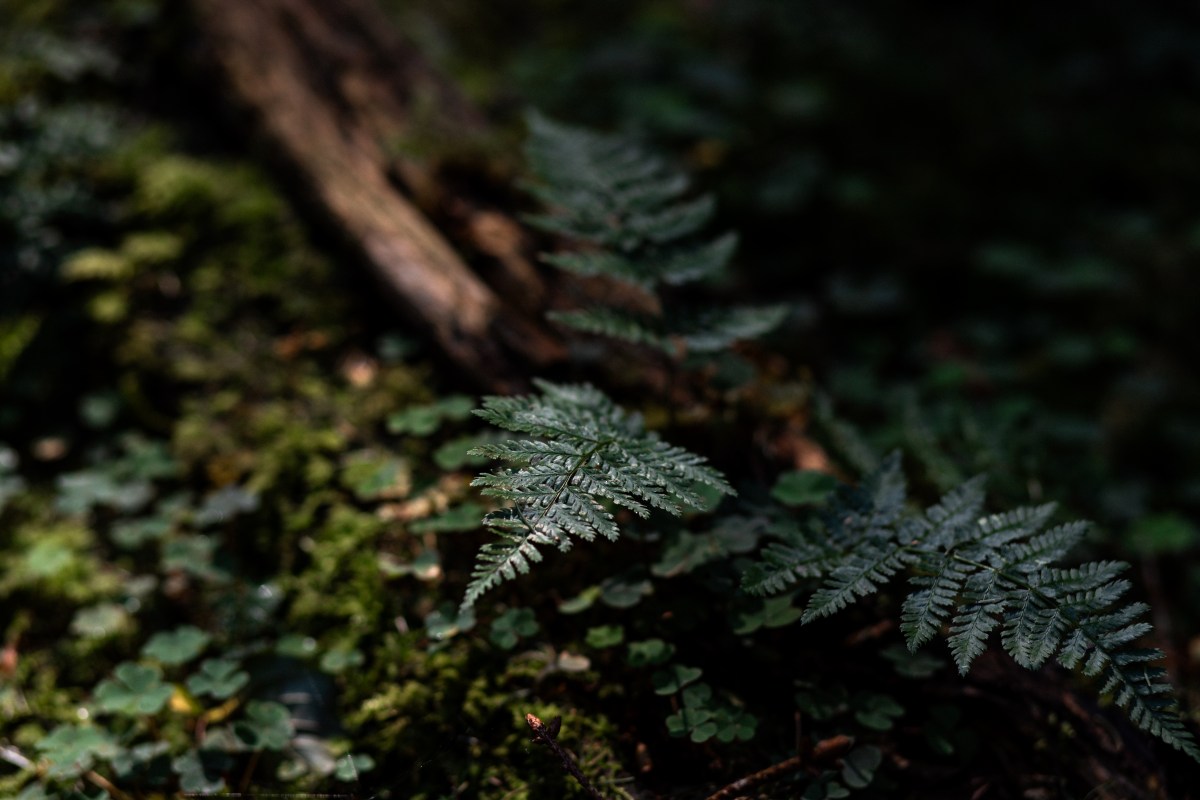Top Stories
Groundbreaking Fern Discovery Could Revolutionize Rare Earth Mining

BREAKING NEWS: A revolutionary discovery from scientists in South China could transform the rare earth element (REE) landscape. Researchers have identified that the fern species Blechnum orientale not only absorbs high metal concentrations but also forms tiny crystals of REEs, paving the way for a sustainable extraction method known as “phytomining.”
In a stunning revelation, study author and geochemist Liuqing He from the Chinese Academy of Sciences stated, “Determining this and proving it was a complete surprise and a breakthrough in this type of plant and geoscience.” The implications are vast, especially as global supplies of critical metals are dwindling due to increasing export restrictions and environmental concerns.
Rare earth elements are essential for modern technologies, including clean energy and high-tech applications, yet their extraction often results in significant environmental damage. The researchers’ findings, published in the journal Environmental Science & Technology, demonstrate the potential of phytomining as a more eco-friendly alternative.
The study highlights how Blechnum orientale naturally produces nanoscale monazite, a mineral crucial for REE extraction, in conditions similar to those found on Earth’s surface. “This fern can facilitate REE mineralization,” He explained, “producing minerals that were previously only known to occur in high-temperature and high-pressure environments deep within the Earth.”
With the world facing an urgent REE supply crisis, this discovery offers a beacon of hope. The research emphasizes that phytomining could be a game-changer, providing a sustainable method to extract these vital metals without the detrimental environmental impact associated with traditional mining.
The authors noted, “REEs are critical metals for clean energy and high-tech applications, yet their supply faces environmental and geopolitical challenges.” Phytomining utilizes hyperaccumulator plants, like Blechnum orientale, which thrive in environments with high REE concentrations—conditions that are toxic to most other plants.
“This intrinsic adaptation allows these species to dominate REE-rich ecosystems with minimal human intervention,” He added. The process is designed for sustainability: plants can be repeatedly harvested for their accumulated REEs while maintaining their root systems, allowing them to regrow and continue the cycle.
As the world increasingly turns to sustainable practices, this discovery could lead to a significant shift in how we approach REE extraction. The breakthrough opens avenues for new research in sustainable mining techniques, which could ultimately help stabilize global supply chains and reduce reliance on environmentally harmful methods.
Stay tuned for further updates as this groundbreaking research unfolds and consider the potential impacts on the tech industry and beyond. This could be the moment that changes how we think about resource extraction and environmental stewardship.
For more information on this developing story or to share your thoughts, reach out to us at [email protected].
-

 Science4 weeks ago
Science4 weeks agoInventor Achieves Breakthrough with 2 Billion FPS Laser Video
-

 Health1 month ago
Health1 month agoCommunity Unites for 7th Annual Into the Light Walk for Mental Health
-

 Top Stories1 month ago
Top Stories1 month agoCharlie Sheen’s New Romance: ‘Glowing’ with Younger Partner
-

 Entertainment1 month ago
Entertainment1 month agoDua Lipa Aces GCSE Spanish, Sparks Super Bowl Buzz with Fans
-

 Entertainment1 month ago
Entertainment1 month agoMother Fights to Reunite with Children After Kidnapping in New Drama
-

 Business1 month ago
Business1 month agoTyler Technologies Set to Reveal Q3 Earnings on October 22
-

 World1 month ago
World1 month agoR&B Icon D’Angelo Dies at 51, Leaving Lasting Legacy
-

 Health1 month ago
Health1 month agoCurium Group, PeptiDream, and PDRadiopharma Launch Key Cancer Trial
-

 Entertainment1 month ago
Entertainment1 month agoRed Sox’s Bregman to Become Free Agent; Tigers Commit to Skubal
-

 Health1 month ago
Health1 month agoNorth Carolina’s Biotech Boom: Billions in New Investments
-

 Science1 month ago
Science1 month agoNorth Carolina’s Biotech Boom: Billions Invested in Manufacturing
-

 Top Stories1 month ago
Top Stories1 month agoFormer Mozilla CMO Launches AI-Driven Cannabis Cocktail Brand Fast









